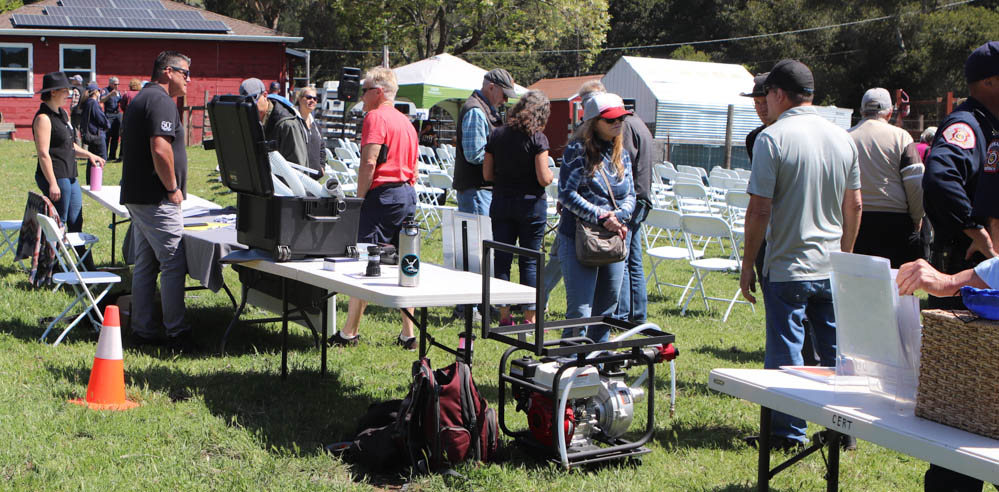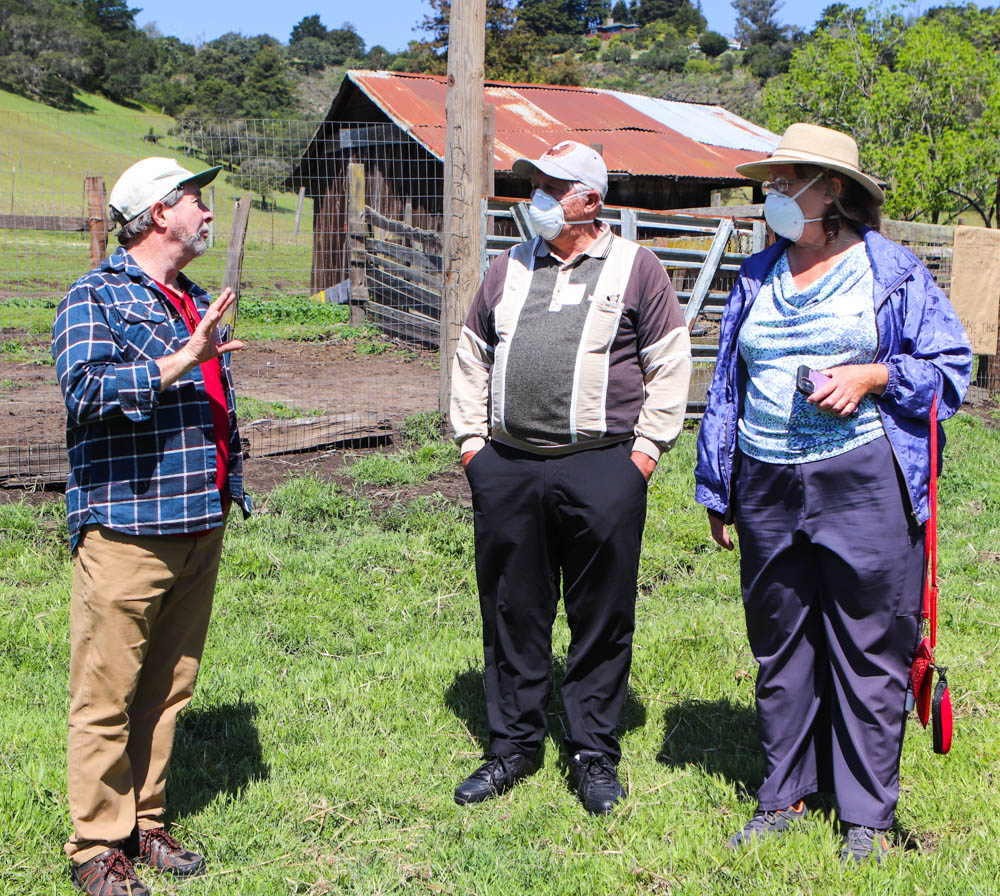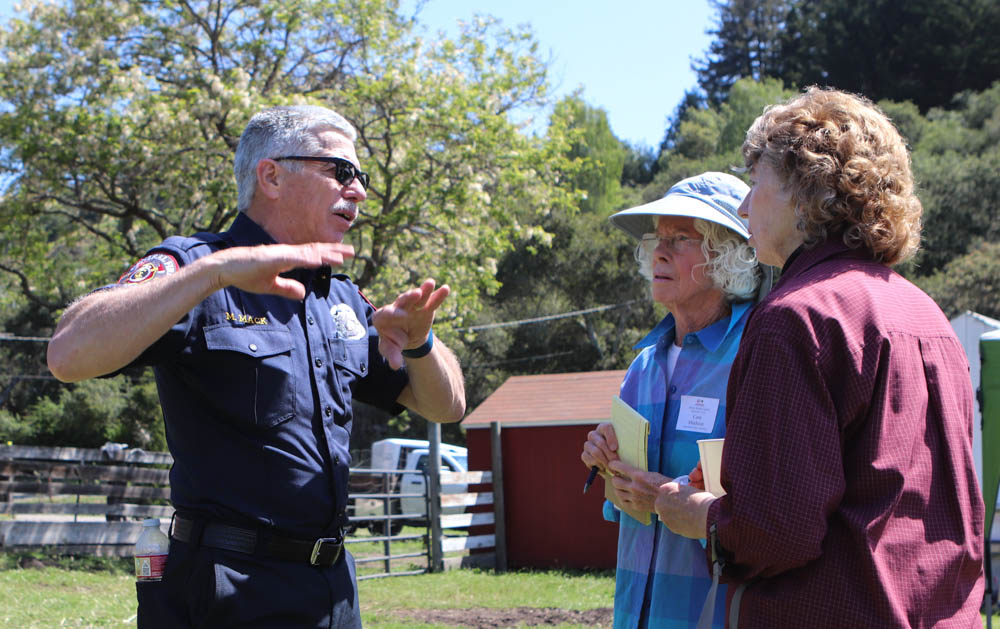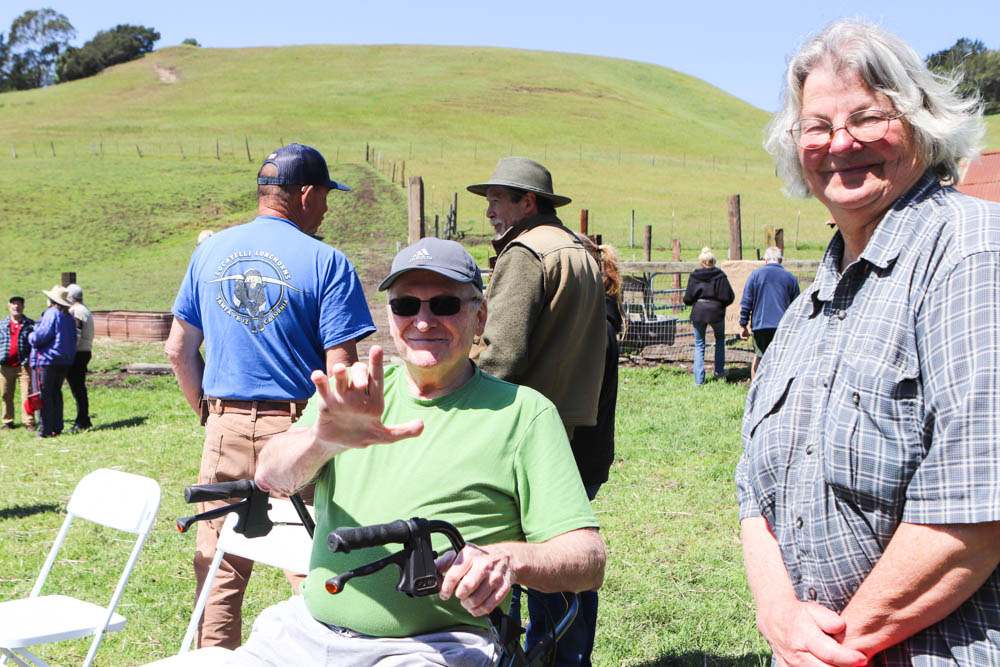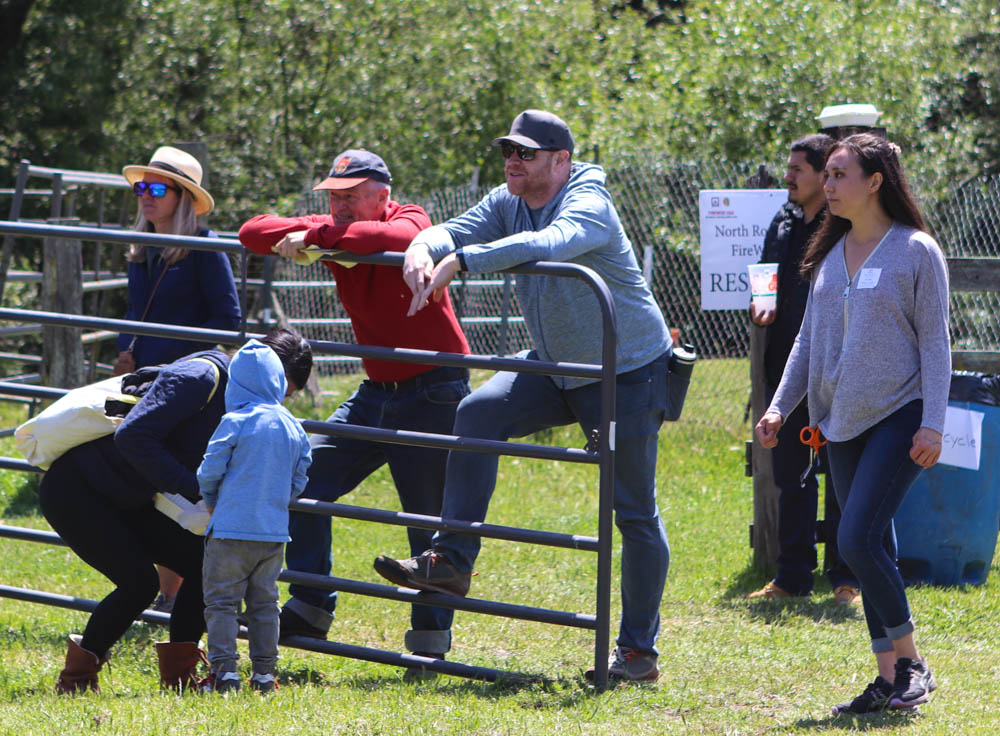
Did you know that every 1st grader in California will have a College Savings Fund to encourage and help public school students go to college? Governor Newsom and San Francisco Mayor London Breed have established CalKids creating a pathway to college. All children born in California after July 1st will have savings accounts opened for them. Every newborn will receive $25 as a base deposit. All students grades 1-12 will also have savings accounts opened on their behalf – low income students receiving $500 and homeless and foster children receiving an additional $500 – if they choose to go to college.
3.5 million public school students will get these college-fund accounts this year, and 300,000 new students will get accounts each year after. It is the first publicly funded universal child savings account program in the country.
Now this will give students hope and incentive to stay in school and go to college!

Did you know that every 1st grader in California will have a College Savings Fund to encourage and help public school students go to college? Governor Newsom and San Francisco Mayor London Breed have established CalKids creating a pathway to college. All children born in California after July 1st will have savings accounts opened for them. Every newborn will receive $25 as a base deposit. All students grades 1-12 will also have savings accounts opened on their behalf – low income students receiving $500 and homeless and foster children receiving an additional $500 – if they choose to go to college.
3.5 million public school students will get these college-fund accounts this year, and 300,000 new students will get accounts each year after. It is the first publicly funded universal child savings account program in the country.
Now this will give students hope and incentive to stay in school and go to college!
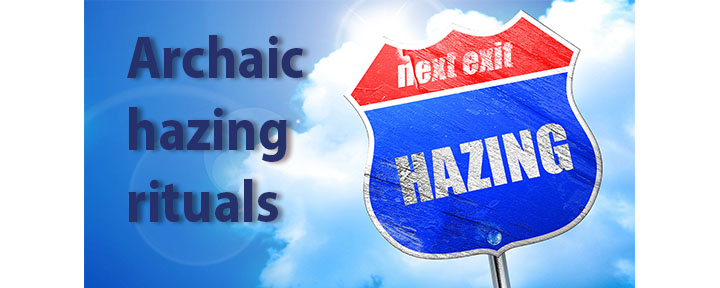
Just because hazing traditions in Greek fraternities and sororities in colleges have existed since 1838, this is NOT a good reason to continue these archaic and ritualistic activities today. Our freshmen students are enticed to endure disgusting, cruel, and even life-threatening dares to become pledges with the hope that they’ll be part of a social club where they’ll have a sense of belonging.
But wait – aren’t students going to college so they can explore academic fields and interpersonal relationships? Aren’t they driven to move out of their parents’ homes so they can be independent and do what they want to do in college?
Then why are these freshmen seeking the Greek life where they are forced to conform and lose all identity to pledge with a fraternity or sorority that dominates them? This mindset is designed to reinforce a hierarchy that ensures subservience of new pledges as they become acclimated to the organization. Interestingly, some members complain that they had more freedoms back when they lived at home.
During the past 2 years while college campuses were closed, hazing deaths completely stopped. But now that campuses are mostly opened, hazing has rebound in both men’s and women’s pledging rituals. Fraternities are notorious for forced consumption of alcohol, which has caused a fatality every year since 1959 (except in 2020-2021 due to the pandemic). Sororities engage in more emotional and psychological hazing, which doesn’t get the headlines that frats do.
Just last week, Baylor University announced sanctions against Pi Kappa Phi after a fraternity was found guilty of hazing pledges via sleep deprivation. This was just the tip of the iceberg. One student was confined to a cramped room and denied sleep for 48 hours. Then, he was forced to eat multiple cans of sardines, do calisthenics, and then forced to eat his vomit. This student was mentally and physically abused by the fraternity after he reported the incident to the Baylor Interfraternity Council, and he was encouraged to drop out for the semester because Baylor couldn’t keep him safe.
Wow.
The Greek society seems like an antiquated institution that we should have left behind in the 20th Century. The “Freshman” experience should be all about meeting new people, exploring new cultures, and diving into career options.

While this college admissions season was unusually brutal this year, there are well over 200 colleges and universities that are still accepting applications. After the May 1st deadline for students to accept to the colleges that they plan to attend this fall, even more colleges will open enrollment to fill their incoming classes.
Check out colleges that are still accepting applications here.

The NRG Firewise event at the Locatelli Ranch was more than just a Firewise meeting. Some neighbors from our 260-household community met for the first time (in over 20 years!) and others reconnected as they came together for a common goal: learn what we can do to prepare for the inevitable wildfire.
Eighteen experts presented their “elevator speeches” to educate and inspire the guests. Supervisor Manu Koenig opened with good news about 2 road repairs and what we can do to move along easement issues that are holding up the third road repair. These speakers discussed how emergency communication works from the OR3 (9-1-1) to Central Fire/Cal Fire to ARES (ham radio). The sheriff explained how CodeRED sends out messages to those with cell reception and electricity, and then how they knock on doors when power is out. CalFire discussed Zonehaven, and how we need to “Know Your Zone” to get evacuation orders. We encouraged all guests to get the 4” white reflective address signs so fire and EMS can find homes when it’s dark and smoky.




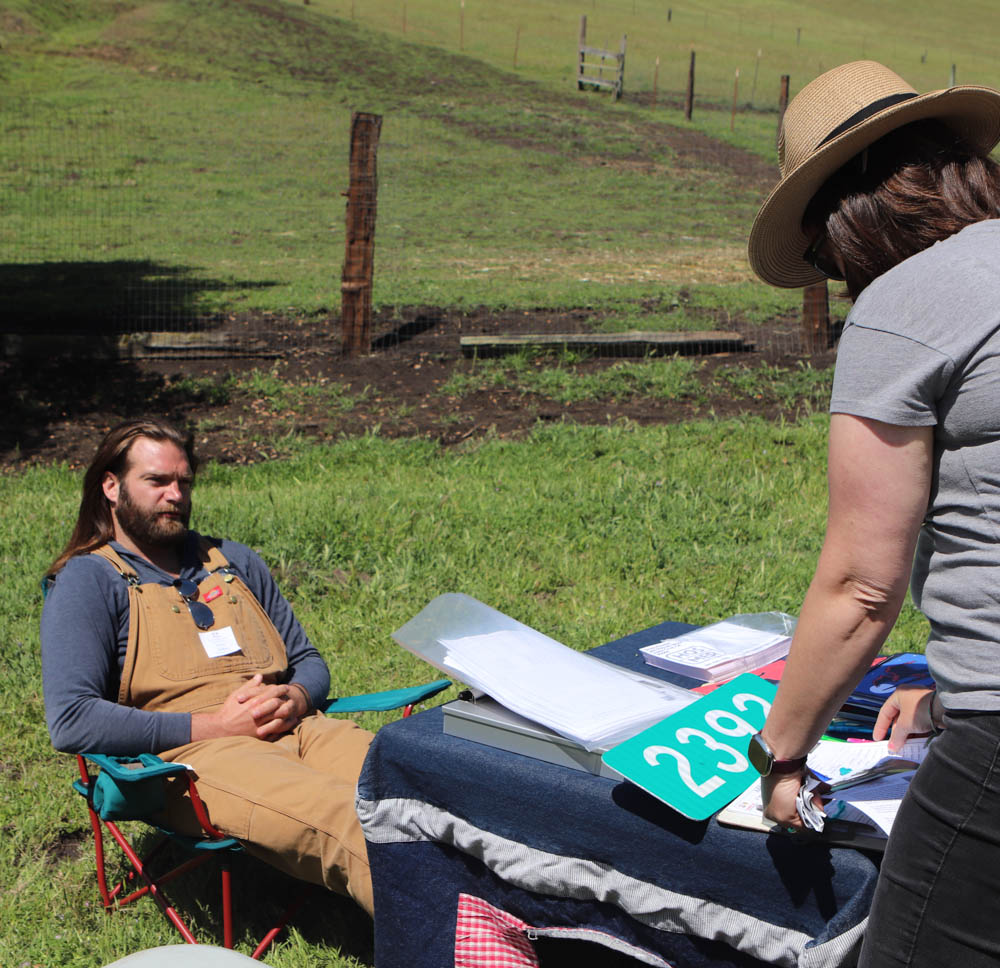


Central Fire shared their upcoming Evacuation Smarts classes and what homeowners need to do to clear all combustible material around homes. We even learned equine evacuation tips. To encourage neighbors and road associations to work together, Rod Caborn gave tips on how to plan work parties to get the jobs done. RCD explained how families can get free chipping services.

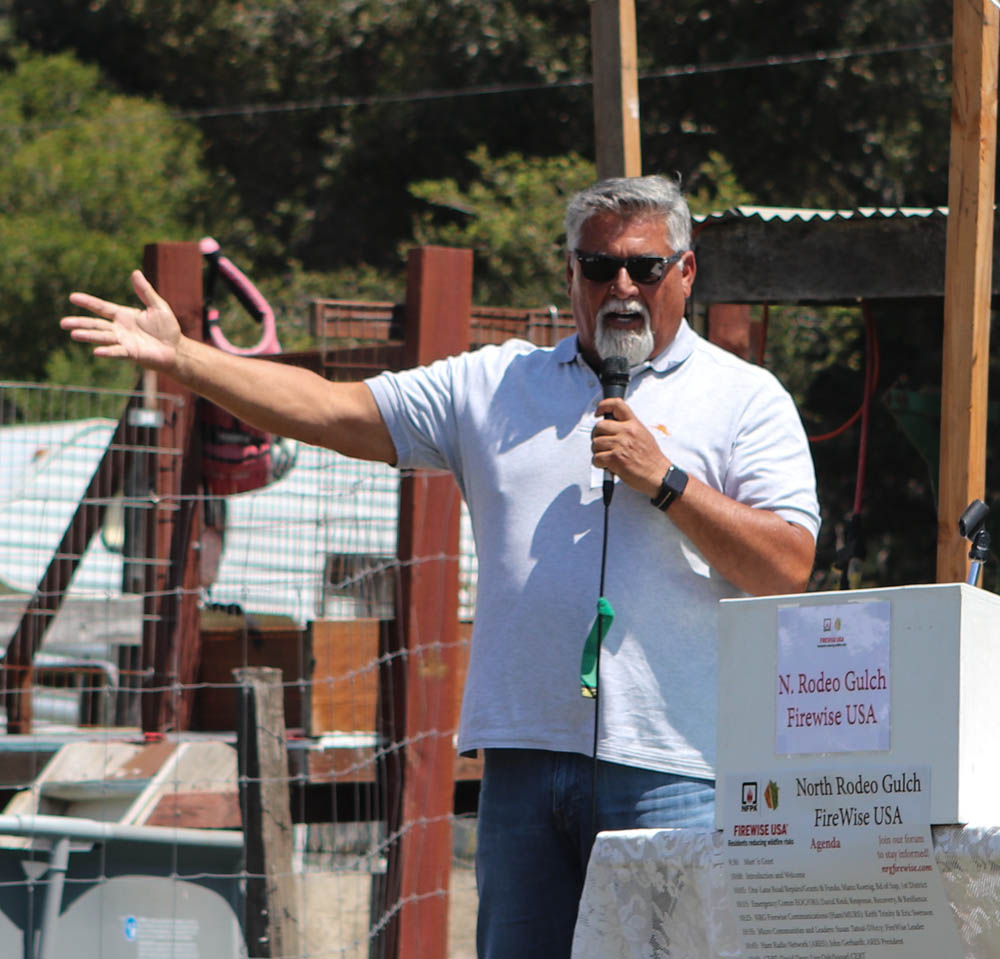
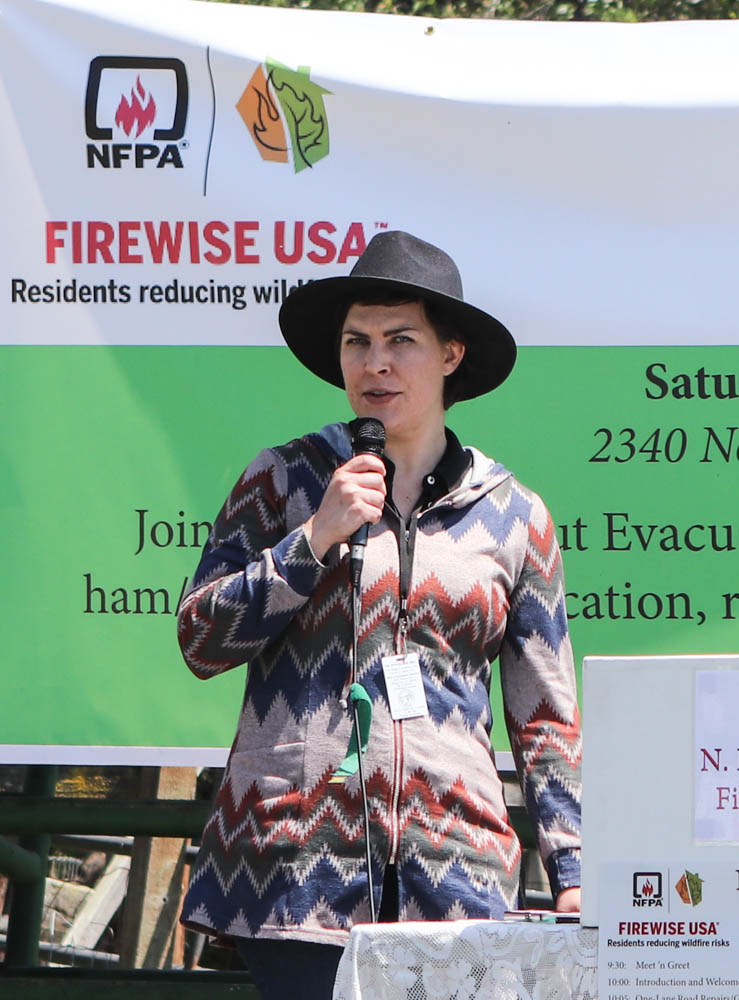
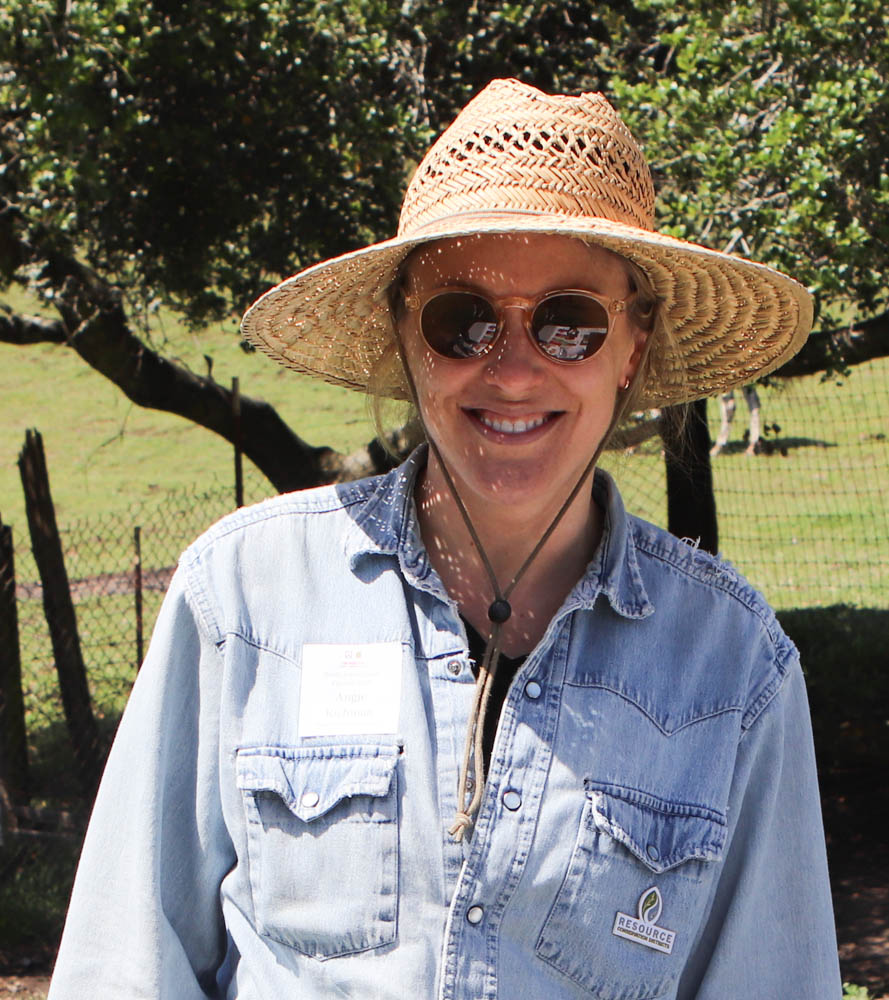
Keith Trinity and Eric Swenson preprogrammed the Bao Feng UV-82C radios for our community. These MURS radios don’t require licenses (like ham radios) and they’re programmed so our entire community can connect on them. We can even hear fire, sheriff, and PG&E radio transmissions and the radios have been locked so we don’t accidentally interrupt those channels.
My daughter Nicole D’Arcy, ER doctor at Santa Clara County Valley Medical Center, gave tips on wearing non-synthetic materials during evacuations (synthetic fabrics melt on skin) and how to treat burns (with honey) and other injuries. One of my college advisory students, Sean Gomez, presented his cyber deck project that is designed to help our Firewise community during catastrophic disasters.



Our vendors brought innovative solutions using water from pools to refill fire trucks and roof-top sprinkler systems. Guests brought their metal fire extinguishers to be refilled at the event. California Fair Plan and State Farm agents were available to answer questions about non-renewed policies and to offer 10% and 2% discounts, respectively, for our community because we are now Firewise recognized.


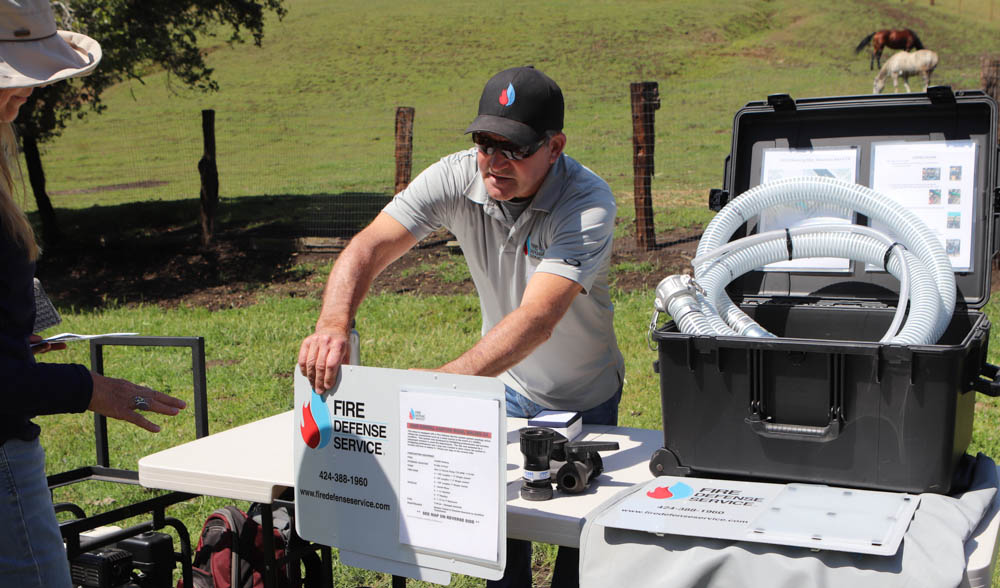
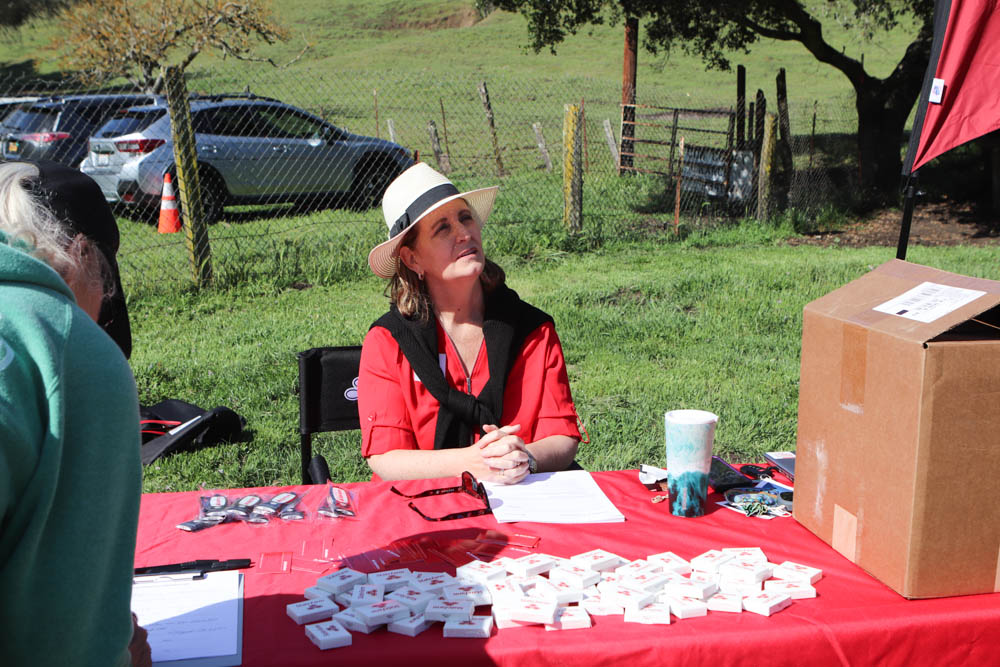
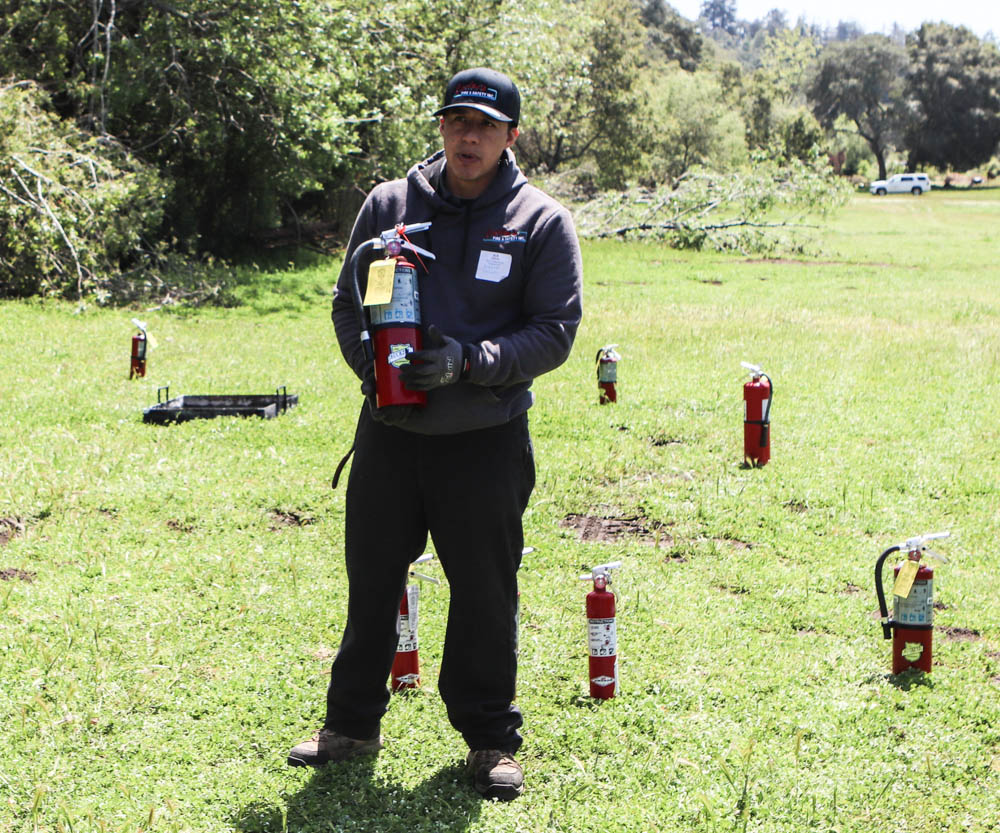
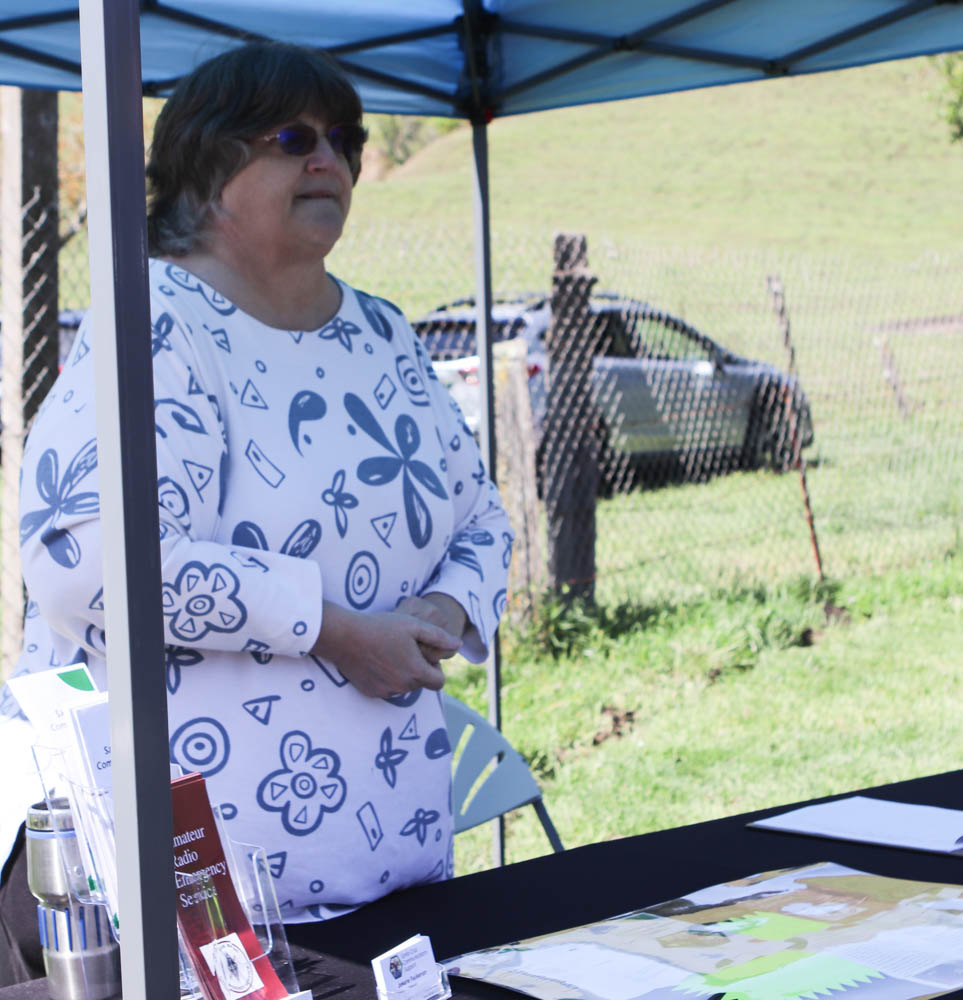
During lunch, Harpin’ Jonny and Clark played the harmonica and guitar – creating excellent entertainment. Guests enjoyed delicious burritos from Taqueria Vallarta. And the best part – guests talked to Central Fire, Cal Fire, the sheriff, Dr. D’Arcy, vendors, and other neighbors. We had over a dozen Firewise leaders from nearby communities join us to collaborate and discuss working together.
After the 2 sessions of speeches, Carlon’s Fire Protection demonstrated how to use a fire extinguisher and allowed guests to put out fires. Then Frank Locatelli and I demonstrated how to safely use a chainsaw. Frank used his gas-powered chainsaw, and I used my 10-inch battery-powered Makita. Both cut through tree branches like they were butter.
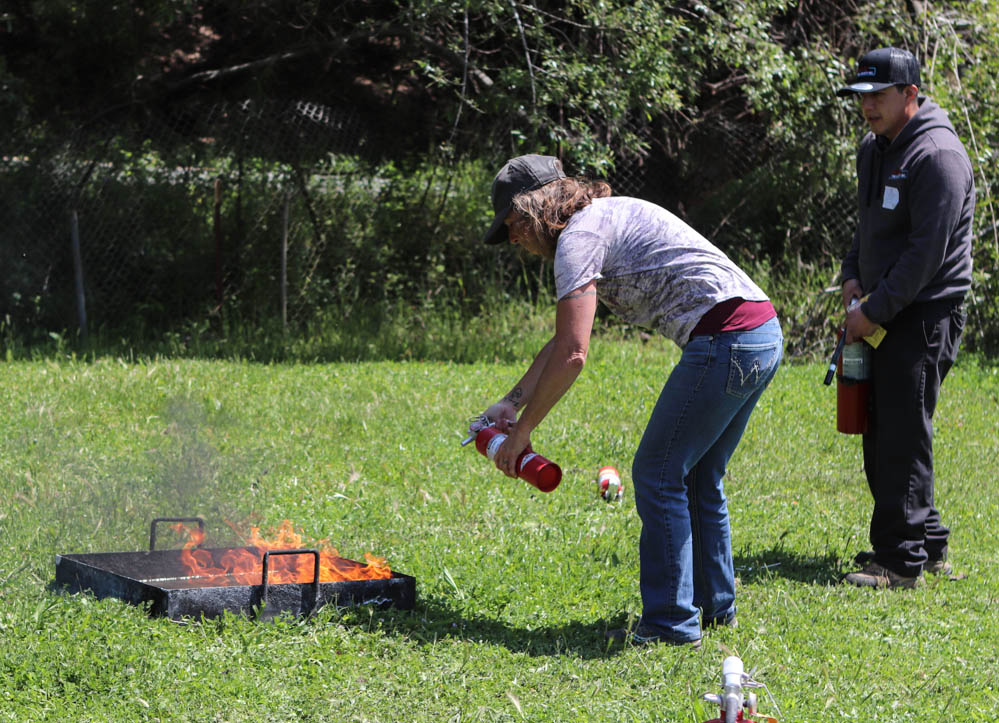
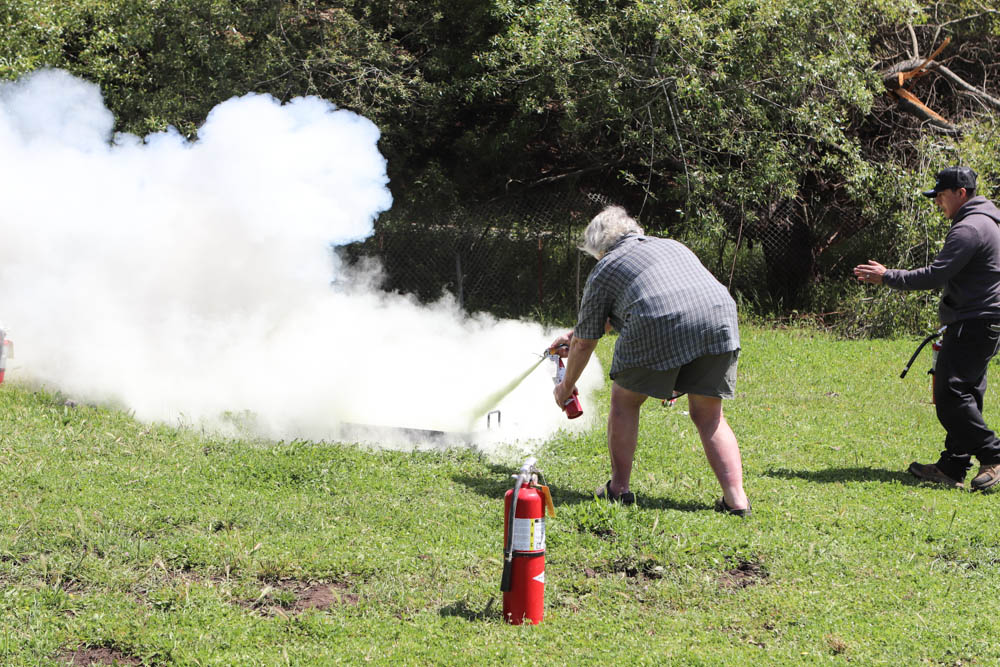




Thanks to the Locatellis for preparing their property for 150+ guests. Special thanks to Manu Koenig, David Reid, Keith Trinity, Eric Swenson, John Gerhardt, David Dean, Marco Mack, and Nicole D’Arcy for speaking during the first session.
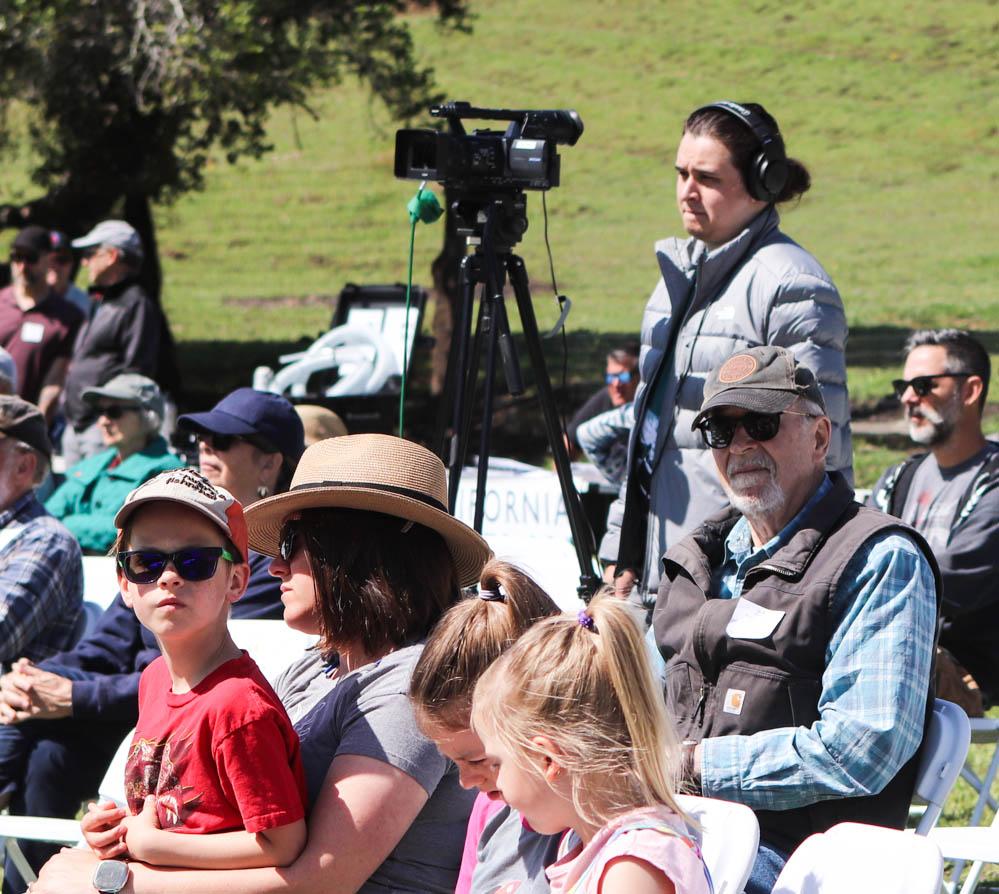
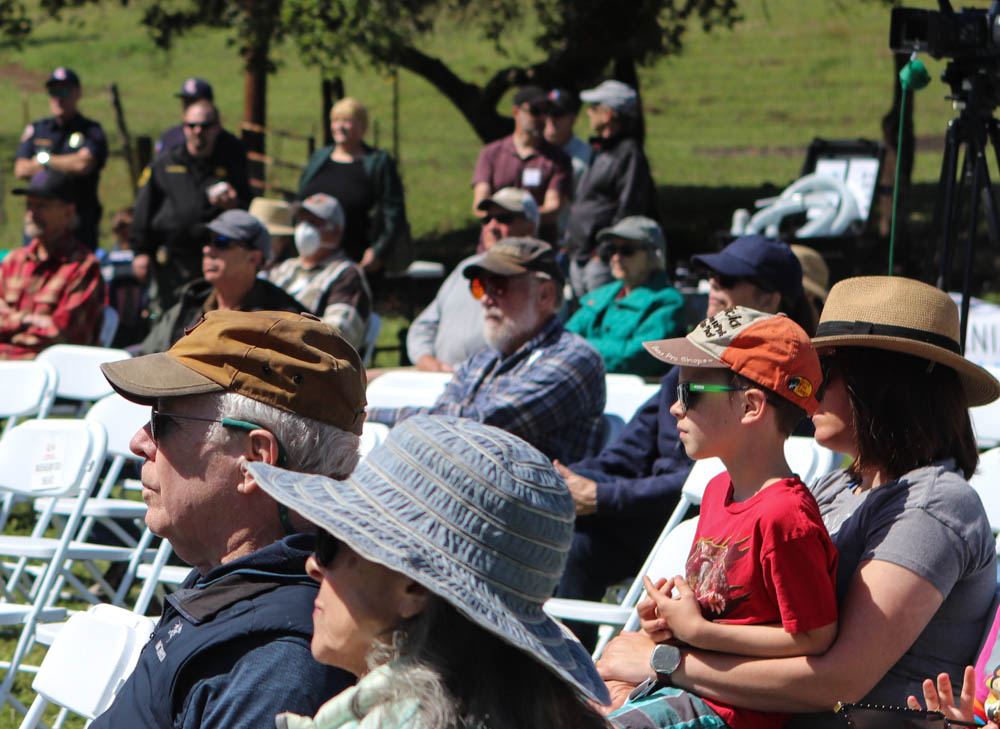






Thanks to Marco Mack, Nick Baldridge, Sean Murray, Tony Akin, Angie Richman, Rod Caborn, Crystal English, Phil Irwin, and Sean Gomez for speaking during the last session. Appreciate vendors Cindy Weigelt, Karen Corscadden, Drew Hogner, Alicia Murdock, and Danny Cortazzo for sharing their services and products with our community.


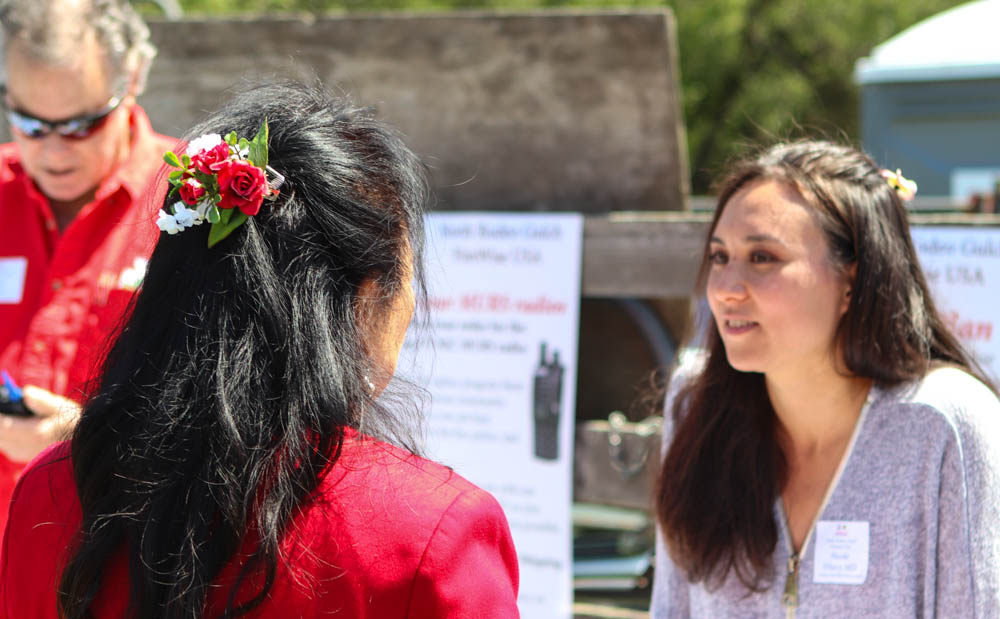

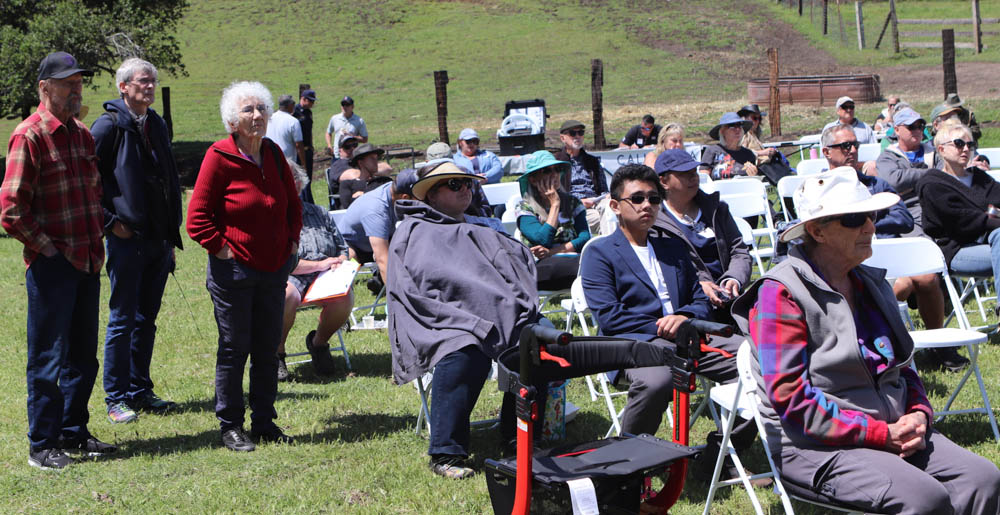

We are fortunate to have a responsive and supportive fire department. Central Fire’s Chief John Walbridge, Marshal Mike DeMars, Deputy Marshal Marco Mack, and Wildland Fire Hazard Specialist Tony Akin – and incoming Chief Jason Nee – have coached and guided me as I organized our NRG Firewise community. They’ve met with our road associations, individual homeowners, and nearby Firewise groups to give us tools we need to protect our homes.
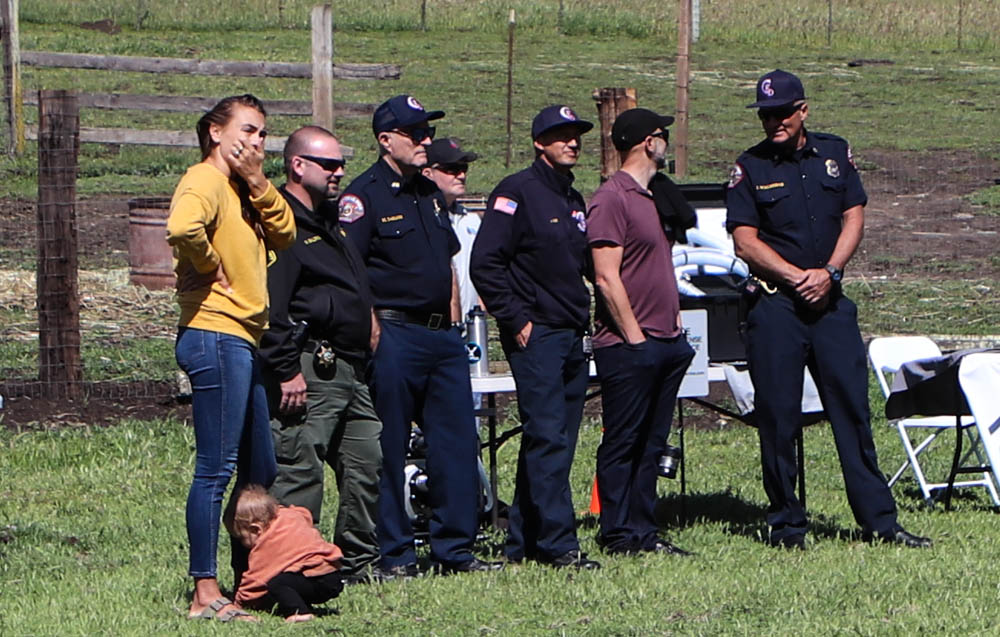
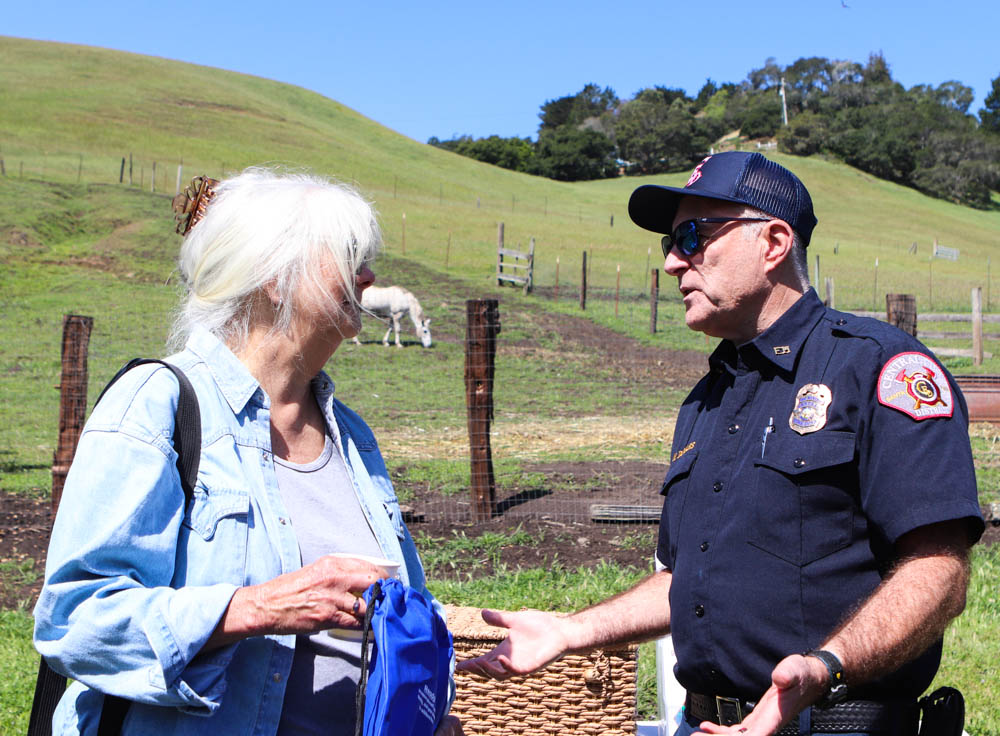




Thanks to Carolyn Stallard and Dave Warren for helping with Firewise maps and spreadsheets, and thanks to our event volunteers: Teresa and Frank Locatelli, Nate Pickens, Kelly Gardner, Rick and Ruth Moe, Dania Moss, Rod Caborn, Spencer Balliet, Keith Gudger, and Becky Steinbruner. read more

So lucky to live in Central Fire Dept’s district! They actively work with my entire NRG Firewise community of 260 households to educate us about how we can reduce our wildfire risks by inspecting our homes, meeting with our road associations, guiding me on assessing priorities — and even helping me put up our event banner! From Chief John Walbridge to Mike DeMars to Marco Mack to Tony Akin (and many more!), we work together as a community. Thank you Central Fire!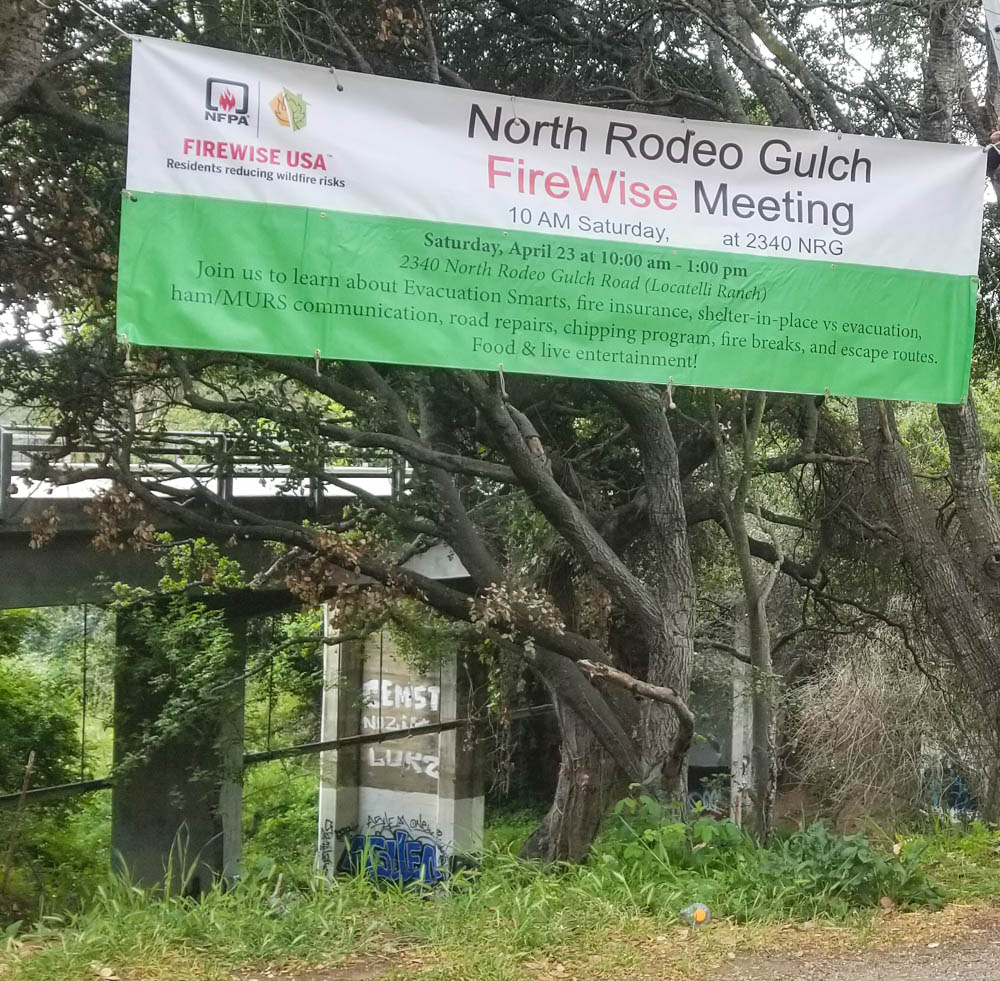
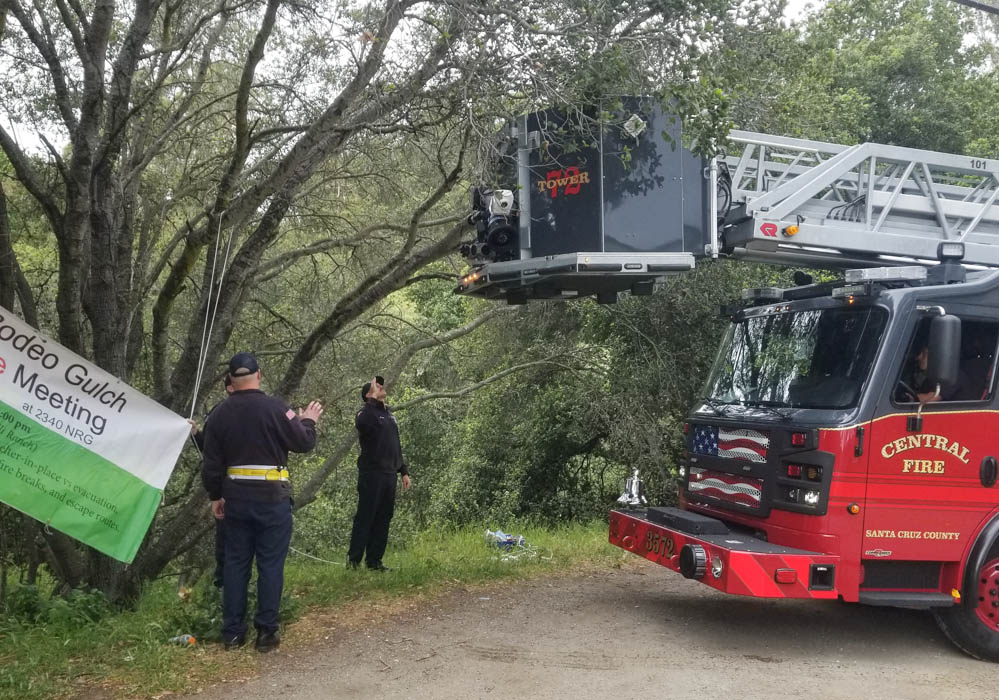

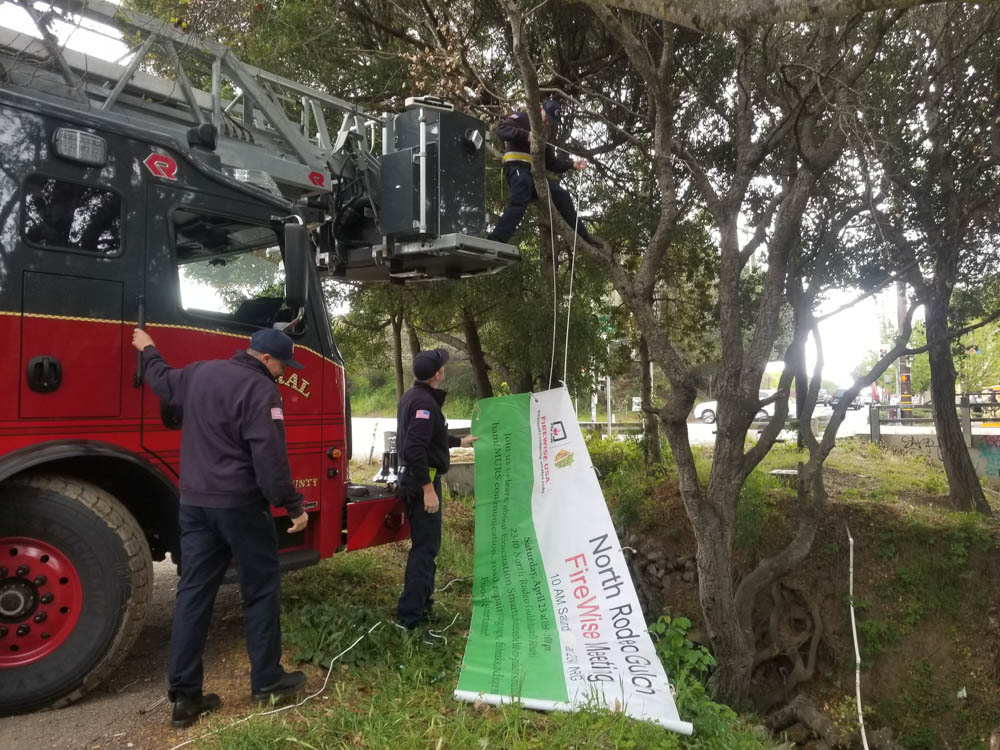
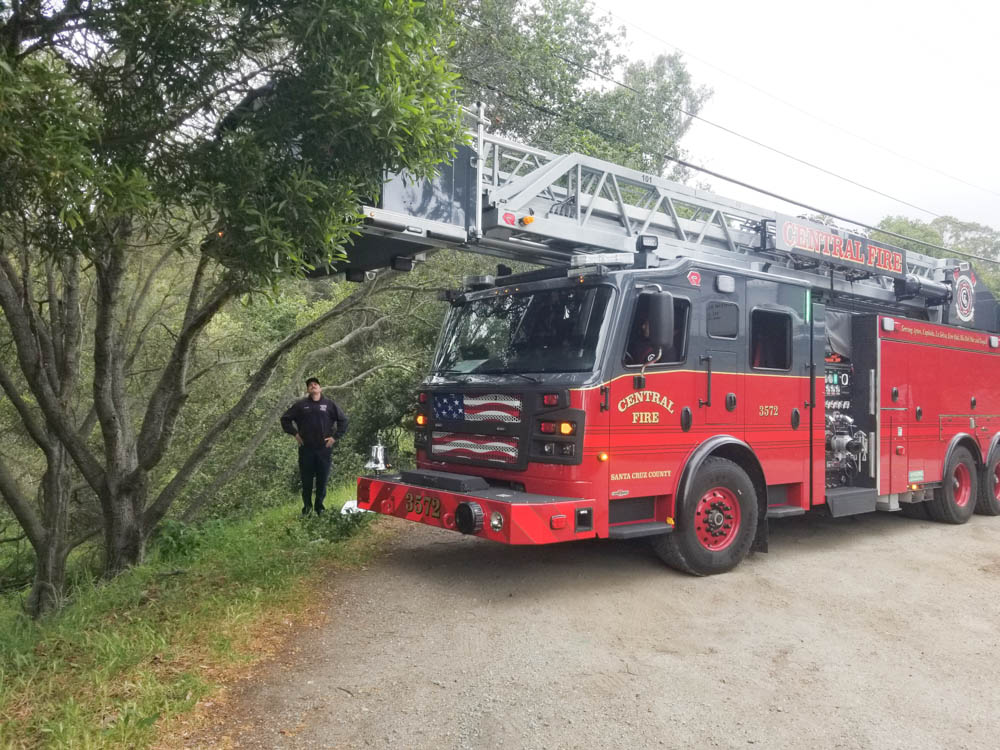

This year, the most competitive colleges rejected record numbers of applicants than in recorded history. That means that their previous admit rates of around 5% (Harvard) have dropped to 3.19%. We’ll get more data when other selective colleges release their admissions statistics for this year.
So what caused this uptick in applications this year?
Over 1300 colleges offered test-optional admissions due to COVID and difficulty finding testing sites during the pandemic. That means that students who usually score poorly on standardized tests, like the SAT and ACT, didn’t have to submit their scores and relied on their GPAs and extracurriculars. This opened the doors to many high school seniors who thought they would have a shot at an Ivy College.
After Harvard won the battle over using affirmative action in the complicated rubric for accepting students, elite colleges admitted record numbers of underrepresented racial and ethnic groups (increase of 5% for Black and Latinx applicants). Nearly 25% of Harvard’s incoming class comes from families with incomes under $75,000.
I’m curious to learn about how many legacy students were admitted this year. That’s a statistic that wasn’t published in the first wave of data for 2022.
Remember, these stats are just for the super elite colleges. Of the other 4000 colleges and universities in the United States, most are actually clamoring to get students to enroll for classes this fall. Some smaller colleges and community colleges have actually closed due to lack of enrollment during the pandemic.
For those students sitting with a handful of rejection letters (or emails), hope you take comfort in knowing that this year’s rejections are the highest ever and that colleges did not reject you because you weren’t qualified – they just received thousands of applications from qualified students who filled some aspect of their rubric for filling their incoming classes this year.
So if you’re not Black or Latinx, your parents went to college, or your parents aren’t alumni who have donated buildings, your application has to be that much stronger to compete with the students selective colleges are seeking this year. White and Asian students may be facing a different kind of problem – especially if their families are wealthy.
Take a breather from all the stress and anxiety you’ve faced over the past couple of months, and create 4-year plans for each of the colleges that you received admission to. Then, compare programs, majors, research opportunities, location, and costs.
By taking advantage of unique classes, top professors, internships, research programs, and clubs, you can create an excellent undergraduate education that prepares you for grad school or the start of your career. Lay out your entire 4-year plan before you head to college this fall. That way, you’ll pave a path that will create the network of colleagues – and letters of recommendation — for your future plans.
So, chins up! Those colleges will miss out on what you could have brought to their campuses this fall. Watch out world – here you come!
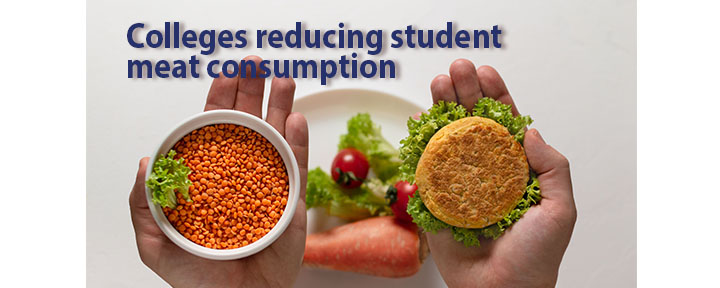
Glad to see some college campuses cutting back on meat in campus dining halls in an effort to prompt students to consider their carbon footprint as they choose which foods they’ll consume. Learning both inside and outside the classroom.
As the climate crisis worsens, colleges are creating models for reducing our CO2 that students will take away as they start their lives after college. What they eat has a direct impact on food production. Cows emit methane, which is 28 times more damaging than carbon dioxide.
Brown University plans to reduce red meat consumption by 25% by 2025, and 50% by 2030. They still offer red meat, but they’re serving meat alternatives and plant-based options. Students are also requesting the Impossible Burgers (plant-based), bean and grain replacements, and seafood.
Other colleges like Montana State University support sustainable food systems by purchasing locally to reduce emissions generated in transporting foods to campus. They utilize nearby vegetable gardens from over 100 Montana vendors.
These programs give students the opportunity to rethink their food consumption so when they start their new families in the future, they will make conscientious decisions that could reduce our greenhouse gases. Every little bit helps!

Hmm. Another reason that schools should not censor topics covered in American school classes.
Leaving politics aside, there’s been a rash of discussion, and even legislation, around what should and should NOT be taught in classrooms from kindergarten to high school. You’ve heard it all. World Religions? Civil rights (racism)? Jim Crow laws? Gender identification?
Now the College Board (the organization that administers the SATs and certifies AP Courses) has issued a warning to schools that remove historical or other relevant content from their AP courses may lose their license to teach those courses.
So students who take courses where teachers are forced to remove specific content from their lectures and presentation may lose their right to list their AP courses on their transcripts. And even if they did take the course and the AP exam at the end of the school year, they will be at a huge disadvantage because they will not have the introduction and exposure to content included on the AP exams.
This is not new news… I remember working with students back in the 2000s who took AP Biology in parochial schools where they taught creation and not evolution (science). This is still prevalent today. Many parents, and students, are not aware of what concepts are omitted from classroom lectures and that their children are not receiving the same curriculum content that other students are receiving. And for the past several years, teachers and schools are under pressure from religious organizations and the federal government to censor topics introduced in classrooms.
The good news: the College Board is warning against censoring AP course content and threatening that students who take these classes may lose their AP credits.
In 1994, I developed the Merit Academy K-12 curriculum to prepare our students to be leaders. Rather than censor concepts or books, I consulted with experts to include comprehensive review of controversial subjects. When students (and teachers) have the freedom to research, discuss, and examine concepts, they are better equipped to understand them and appreciate various cultures and histories.
When our students learned about ancient religions, we researched ALL 5 major world religions. They compared and contrasted religions, visited institutions to see how religions are practiced, and continued to analyze the development of these religions in today’s society. I can’t imagine censoring political or religious content from any curriculum.
Seems like we’re heading towards a dystopian society (think: Ray Bradbury’s book Fahrenheit 451) where books are banned.
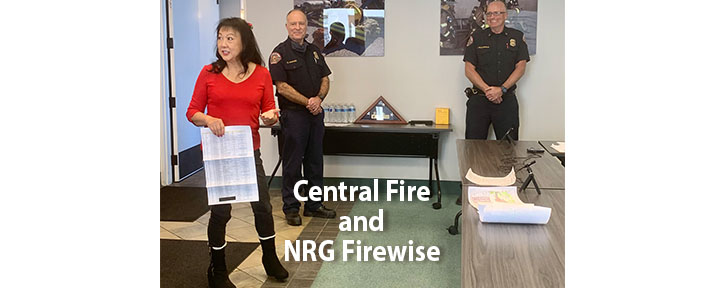
Central Fire District honored the NRG Firewise community for our progress on preventative fire programs. When these organizations work together to educate, support, and guide one another, we really do get things done! The Central Fire team has come to road association meetings, Firewise planning sessions, and even worked with individual homeowners to help us prioritize home hardening and clearing around our houses. Looking forward to our April 23, 2022 NRG Firewise event! We’ll have over a dozen experts speak about all of the issues we’re concerned about — and Central Fire will be instrumental at this event.






